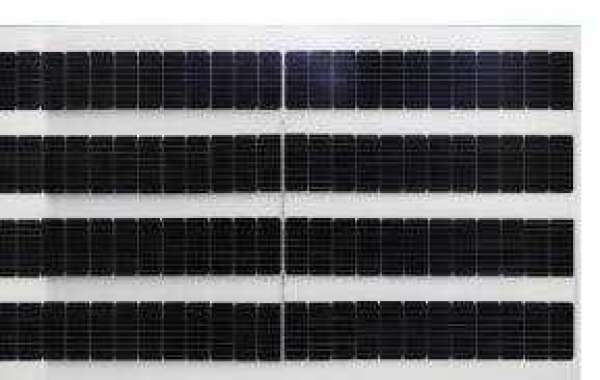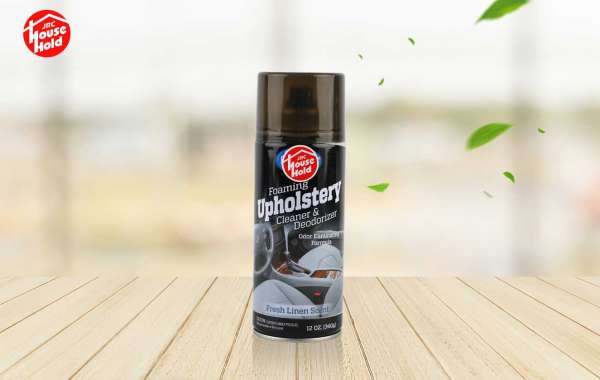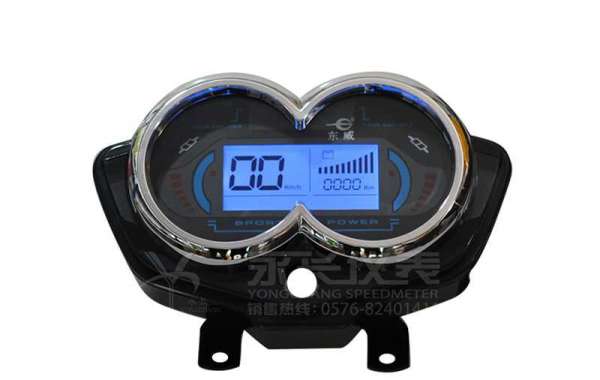Building-Integrated Photovoltaics is a photovoltaic material used to replace traditional building materials in building parts such as roofs, skylights, or facades to generate electricity from sunlight. In addition to generating electricity, BIPV retains the properties of traditional building materials, such as insulating, heat-absorbing, and cooling properties.
BIPV can be used as a roof or facade, either on an entire façade or in specific areas. Curtain walls provide outstanding architectural style while supporting the building's ventilation capabilities.
The shape and color of the BIPV module can be customized to personal taste. In addition to being a building material and energy generator, BIPV panels can also be used as a branding and marketing tool.
Another key aspect of BIPV adoption is the space for solar installations, which is an advantage in urban high-rise buildings. Traditionally, roof space has often been the limiting factor in determining the size of a solar power plant in a building.
But mass adoption of BIPV systems will be affected by a number of factors. One of them is the cost of investment. Unlike traditional PV modules, where module design does not vary much between applications, BIPV products vary from installation to installation. This level of customization is a market requirement as every building is different, especially in the retrofit market
Another factor to consider is the performance and lifetime of the PV system. BIPV modules typically experience higher operating temperatures because, unlike rack-mounted modules, they are flush with the building surface and do not allow airflow between the module and the structure. Sustained higher temperatures can lead to reduced conversion efficiency and accelerated system degradation.
Jiaxing Fuying Composite Materials Co., Ltd. is a mono solar panels manufacturer and supplier in China. The company owns the mono solar panel factory. It sells PV solar panels, double glass modules and other products, and PVB film all year round.








